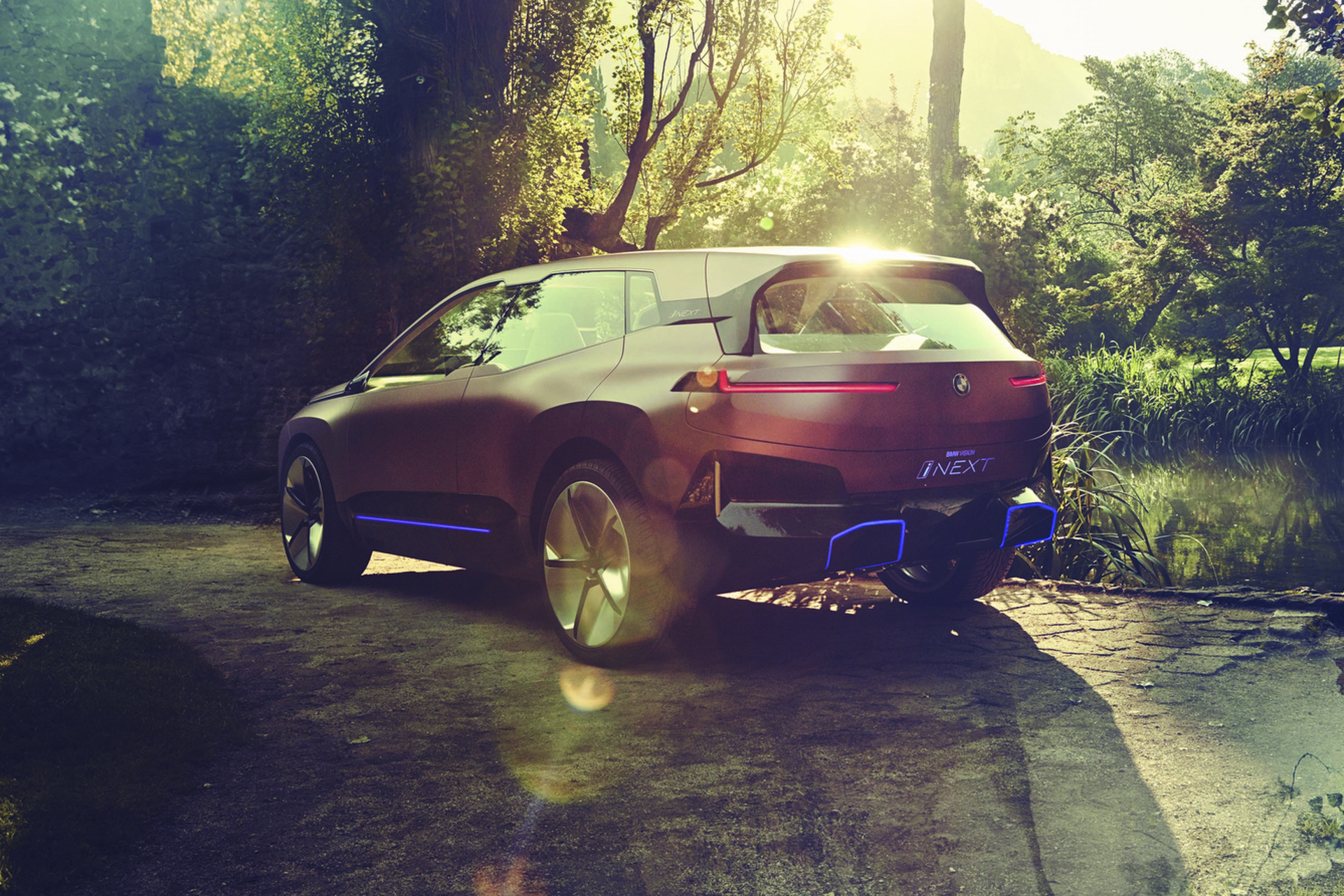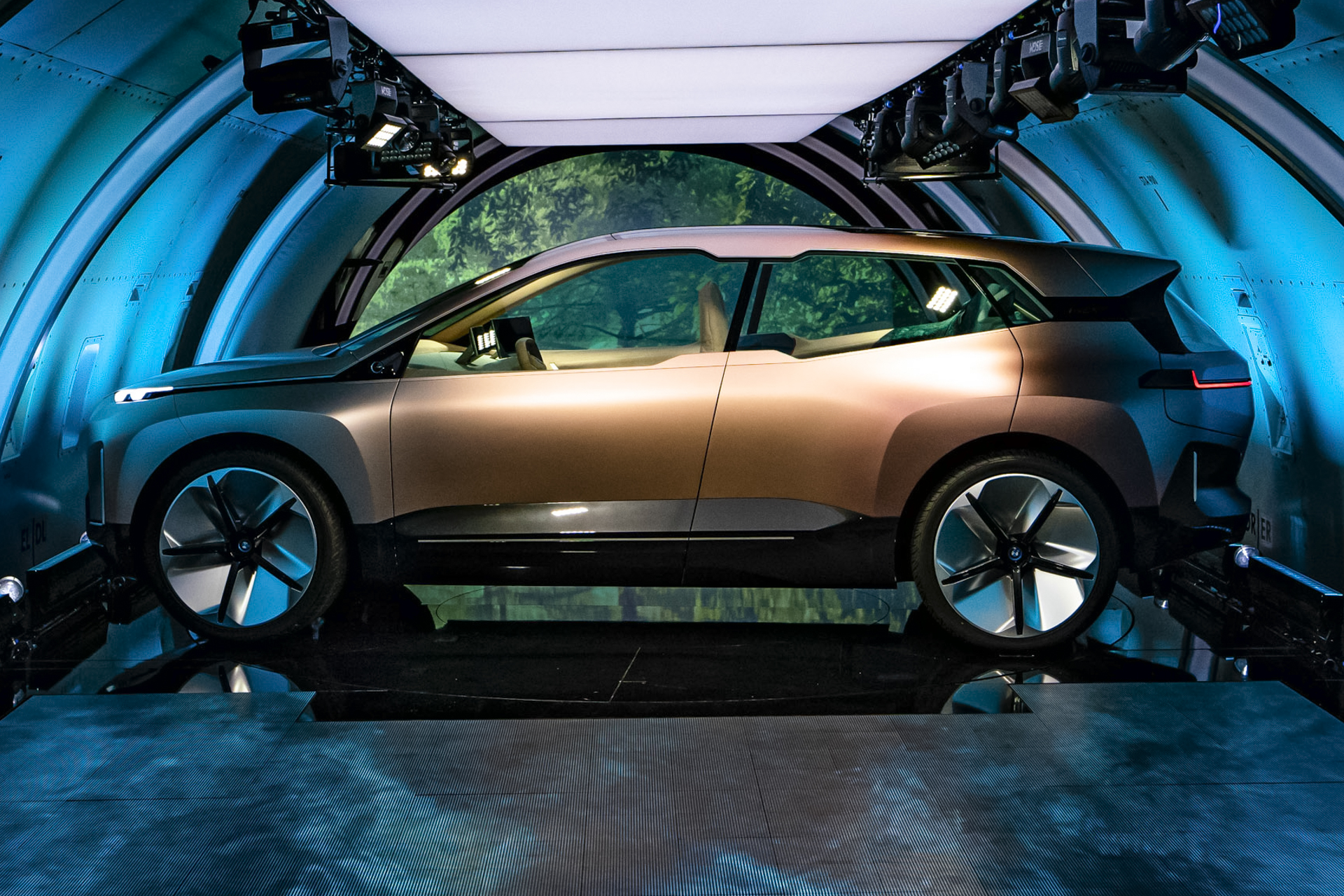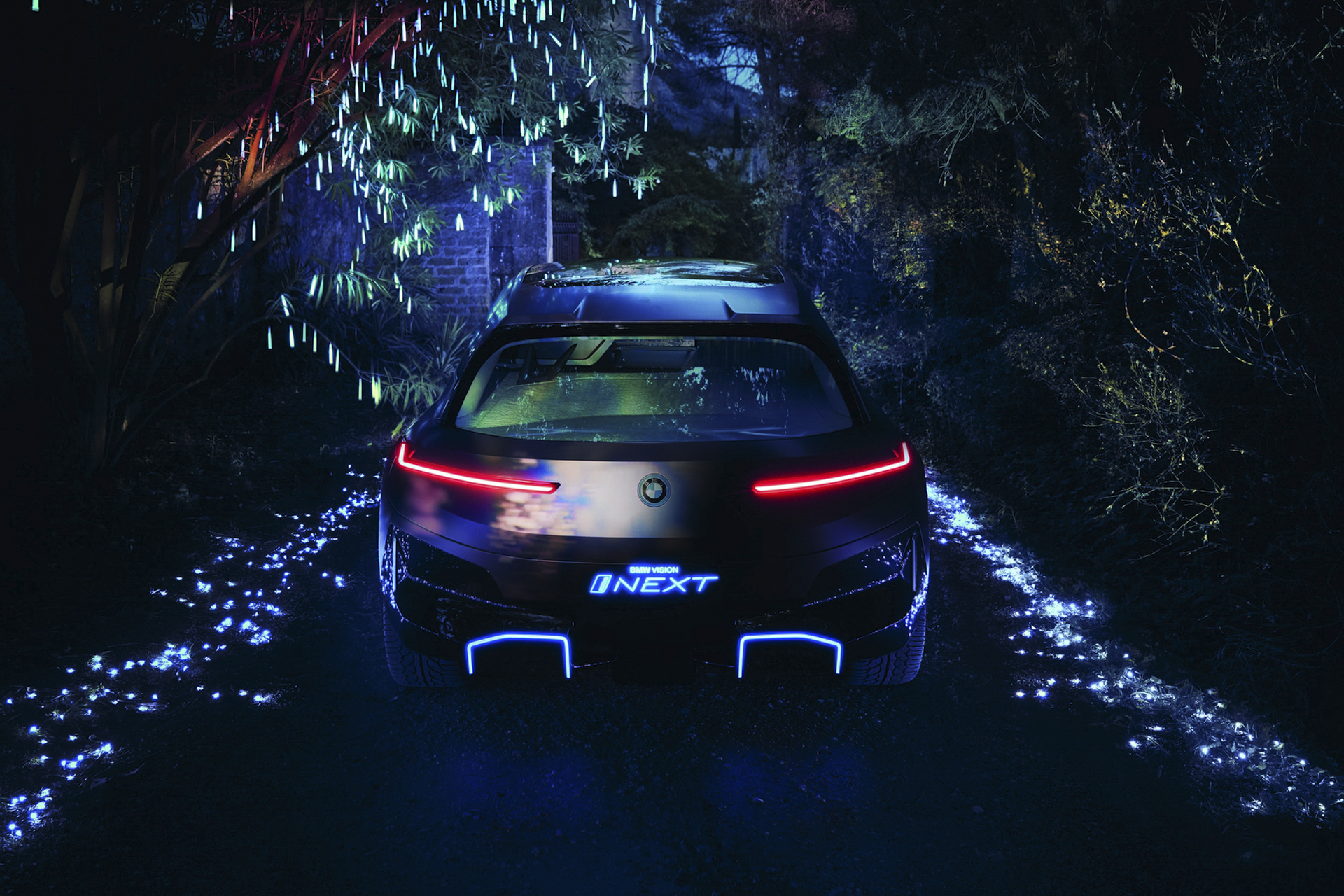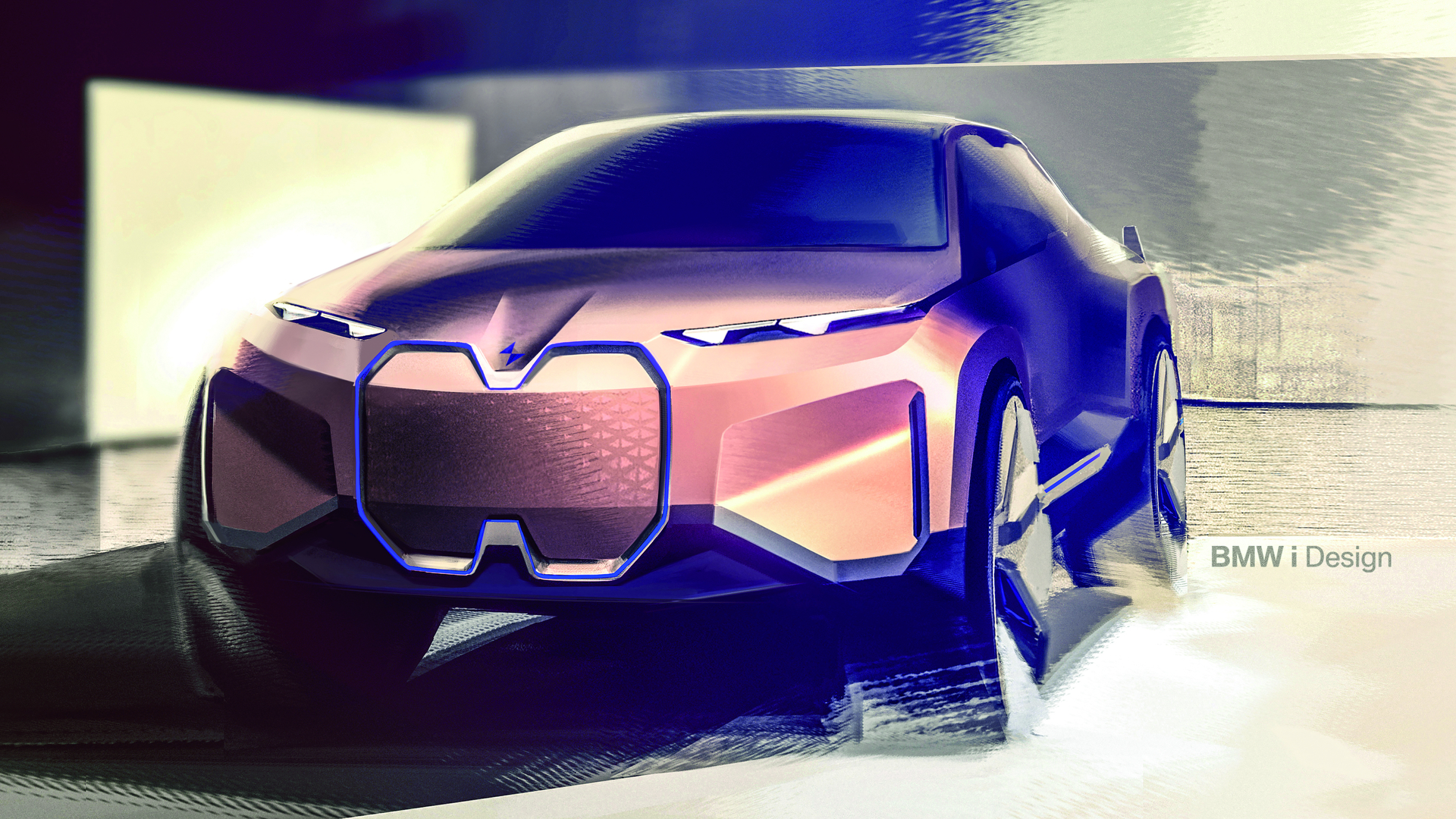BMW may be trying to reinvigorate its future lineup with more electrified vehicles, from plug-in hybrid electric vehicles to full-fledged all-electric cars. But the automaker isn’t limiting its new initiatives and R&D to just electrification. BMW also wants to be a leader in developing autonomous driving technology, fitting into the company’s other ethos besides building the ultimate driving machines: technological innovation.
“For us, electric mobility is already the new normal. Therefore, with BMW, we take on the next challenge,” said Klaus Frolich, BMW Group’s chief executive of development during his introduction of the BMW Vision iNext Concept. “With the BMW iNext, you will soon see, we will offer safe, autonomous driving for our customers, by 2021. And our vision is clear, we want to be a leader too.”
Even though most automakers won’t admit it, autonomous driving technology really came into the spotlight when Tesla Motors introduced its semi-autonomous capable “Autopilot” system for its production electric vehicles. Not without controversy, Tesla’s Autopilot and its electric vehicles made electrification and autonomous driving technology the two biggest current trends in the automobile industry.
“We have been researching autonomous driving since 2006. But the challenges to overcome in autonomous driving are enormous,” Frolich continued. “What’s available with our offerings, especially level four and level five, will strongly depend on legal and regulatory premises worldwide. Despite this development, the joy of self-driving remains a part of our brand’s core.”
Over the past few years, the National Highway Traffic Safety Administration adopted a scaling system to rate how intensive and involving autonomous driving technology is when functioning. Created by the Society of Automotive Engineers (SAE), the rating system helps classify autonomous driving tech.
On a scale of zero to five, zero means there’s no autonomous tech and a full need for driver involvement, while five means fully-autonomous and no driver involvement whatsoever. The stages in between represent semi-autonomous driving technology, such as driver and safety assistance systems.
Because the advent of the self-driving car is so revolutionary, it essentially turns the concept of personal and individually driven transportation upside down. Before self-driving cars can takeover as mainstream, there’s a lot that needs to be done from both a political and regulatory standpoint. Additionally, the technology isn’t quite there since the success of self-driving transportation is highly dependent on the development of vehicle infrastructure, which is already a huge struggle in itself.


























